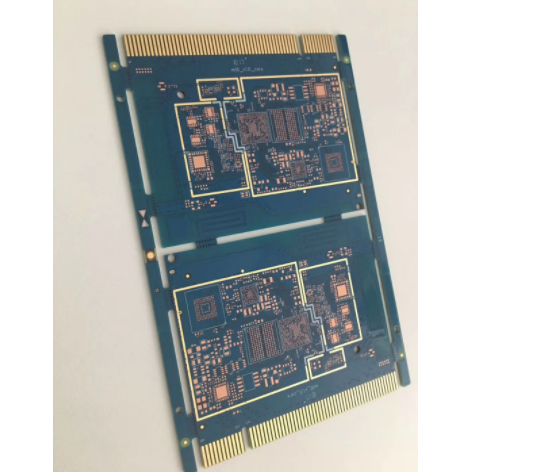PCB process How to choose solder paste (Solder paste selection)
For the halogen-free policy, the company asked me to qualify a few new solder pastes. I found some data and asked some experts. It turns out that there are so many knowledge about solder paste. Adjust the reflow profile and see if the solderability is good. I didn't expect that things are not that simple.
As the electronic parts used by the company are getting smaller and smaller, currently the smallest used is 0402. As for 0201, I really dare not use it. I am afraid that it will be short-circuited in a high-humidity environment. Moreover, the company's products must pass the high-temperature and high-humidity ring. Therefore, special attention should be paid to the performance of the SIR (Surface Insulation resistance) value of the selected solder paste.
In fact, the quality of the solder paste will directly affect the quality of the solderability of electronic products, because now almost all electronic parts are made through the SMT(Surface Mount Technology) process and are connected to the circuit board (PCB) through the solder paste. Therefore, it is very important to choose a tin height suitable for the company's products.
To judge the quality of solder paste, in addition to its solderability (Solderability) and collapse resistance (Slump), the following items are the characteristics I think a good solder paste must have, and solder paste manufacturers also These test items should be provided for customers' reference. Of course, if you can choose some items to test yourself to prove that the manufacturer's solder paste is really as good as they claim, it would be better.

[Electron migration] The phenomenon is that when there is a potential difference between adjacent two ends, metal conductive materials (such as tin, silver, copper, etc.) grow from one end of the electrode to the other in a plexus-like manner. The medium it grows is a conductor, so if the flux has a slight conductivity and exists at the adjacent two ends, it is easy to produce electron migration, especially at high temperature and high humidity.
Corrosion test
Print the solder paste on the bare copper board and place it in a 40°C + 93%RH (humidity) environment for 10 days after reflow soldering, and then observe its corrosion status.
Ionic Contamination
Wetting test (IPC J-STD-005)
Solder ball tset (IPC J-STD-005)
Strictly speaking, there are two types of solder balls, one is micro-solder ball and the other is solder bead.
The typical causes of micro-solder ball are:
The solder paste collapses outside the solder pad. When the reflow soldering remelts the solder paste, the solder paste collapsed outside the solder pad cannot return to the solder joints and form satellite solder balls.
The flux quickly escapes during the reflow soldering process and brings out the solder paste outside the solder pad, which will be more serious if the solder paste powder is oxidized.
Solder paste oxidation resistance
If it is a small-volume and diverse production line, you need to change the line frequently during the production process. After the line is changed, you will need to confirm the quality of the solder paste printing and adjust the machine. The solder paste often needs to wait a period of time after printing to enter the reflow furnace. At this time, the oxidation resistance of the solder paste will become very important.
Slump test (IPC J-STD-005)
The collapse test is generally used to detect the fine pitch printability of solder paste. The pitch of 0.5mm is called fine pitch, and the pitch of 0.4mm is called super fine pitch. In addition, it can also help to check how long the solder paste can stay after printing and before reflow soldering.
The test method is to check the collapse condition after printing, put it at 25+/-5C room temperature for 20 minutes, then heat to 180C for 15 minutes, wait until it cools to check the collapse of the solder paste, and then 2 Check and record again every hour and 4 hours. It is best to keep photos.
In addition, the following are the items I think I can do when evaluating a new solder paste
Solder bead rate
Solder ball rate
Solder bridge rate
Wetting ability (Climbing tin ability)
Testability issues to consider
Flux residium rate (flux residue rate) and ICT (In Circuit Tester) fault reject rate (open and short needle bed test error rate).
When too much flux remains on the solder pads on the circuit board, it will increase the misjudgment rate of ICT, because the flux will block the contact between the test pins and the test points on the circuit board. In addition, the flux residue between the solder pads of the circuit board and the solder pads may also cause electron migration (Electromigration) under high temperature and high humidity and cause slight current leakage. Over time, the quality of electronic products will be unstable. If it occurs on the circuit of the battery, it will cause electricity consumption. Of course, this leakage phenomenon depends on the surface resistance (SIR) of the flux.